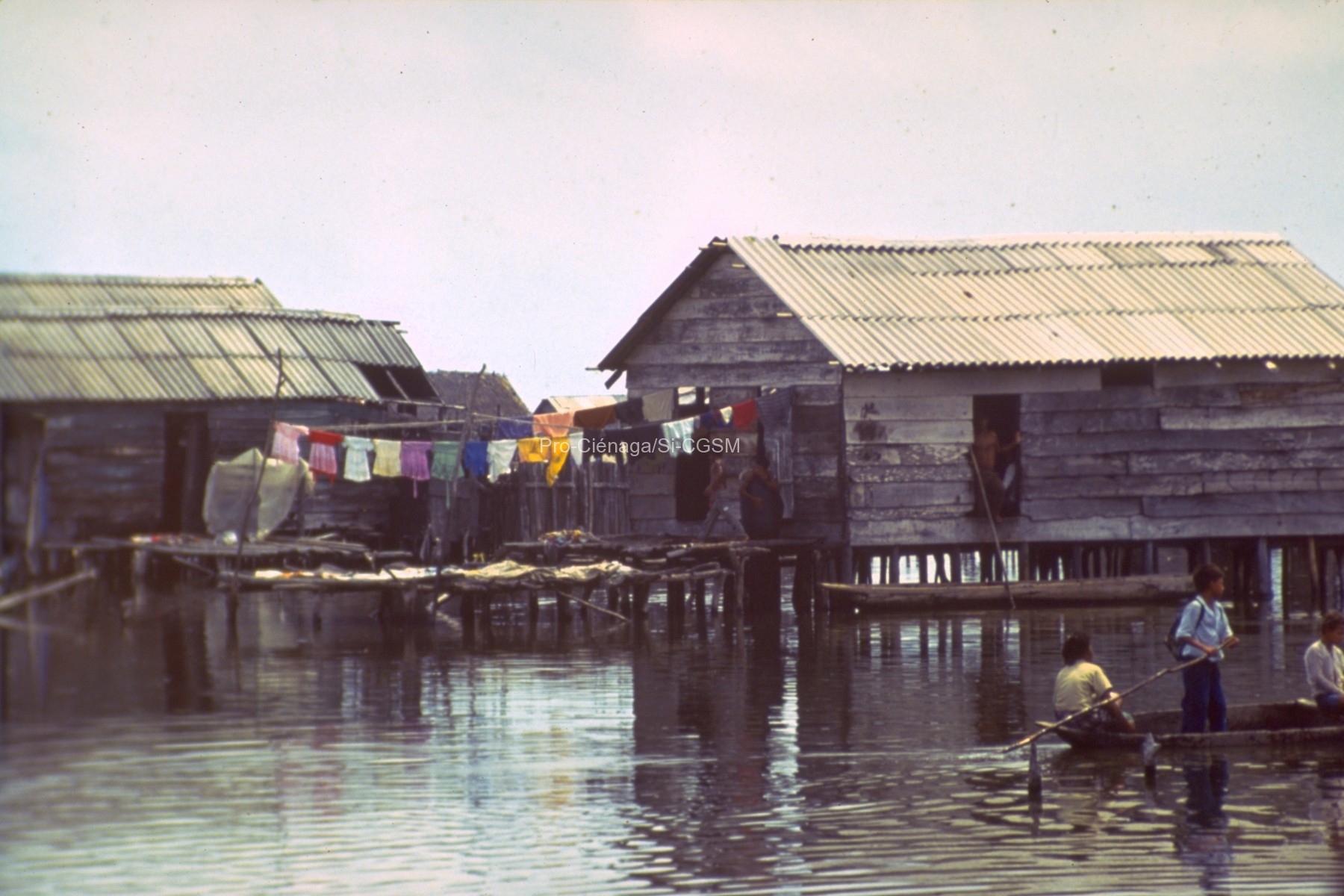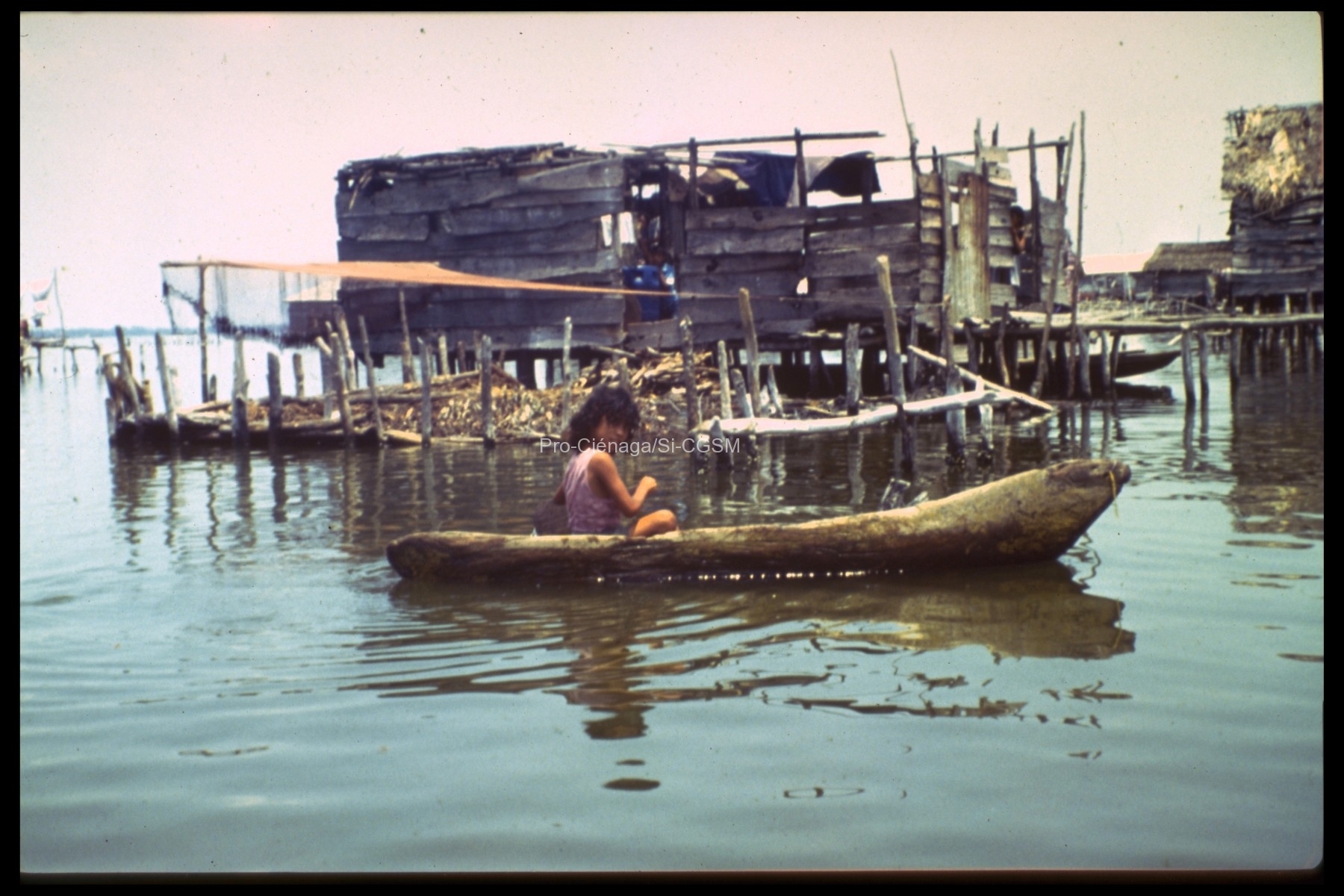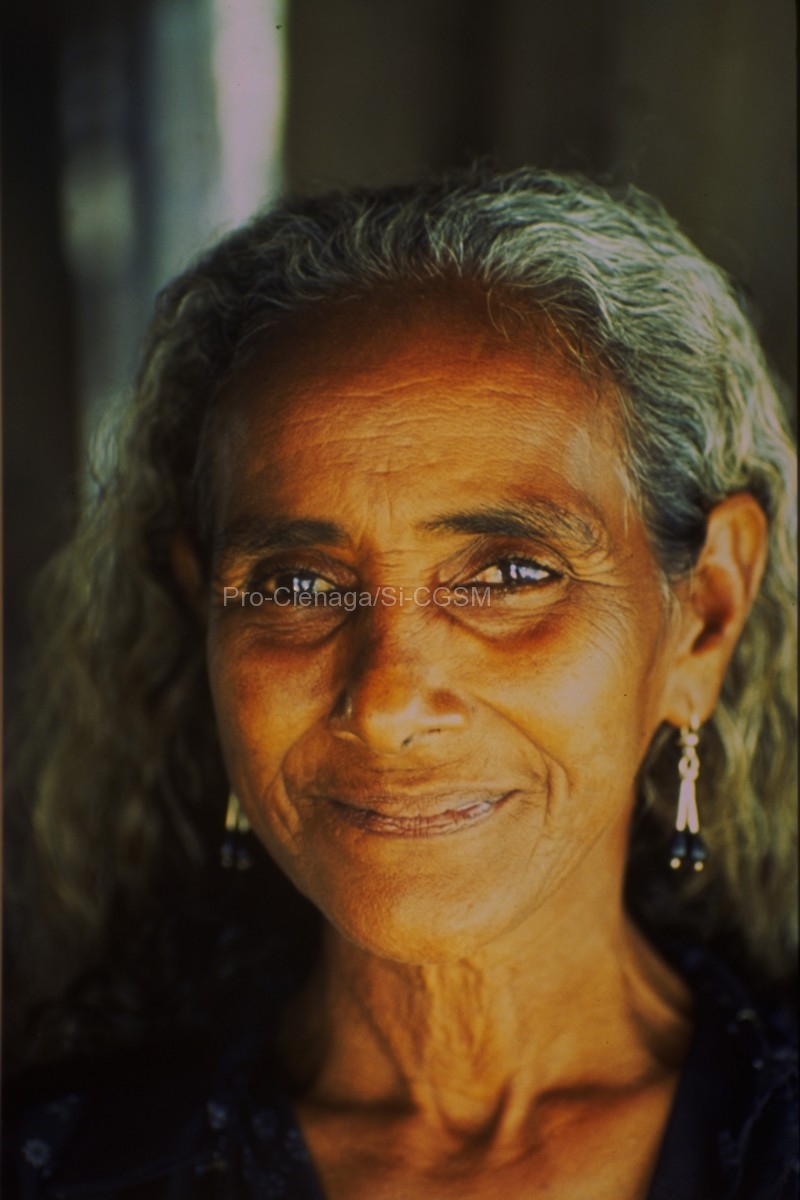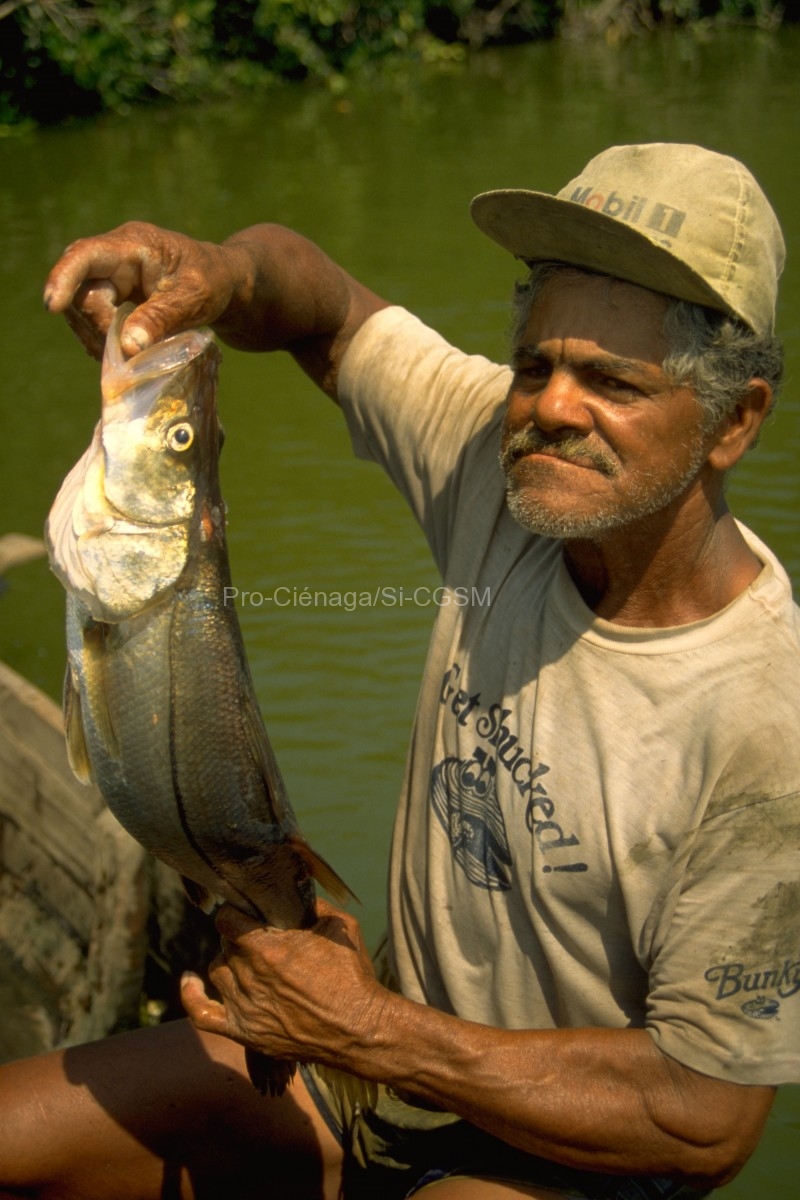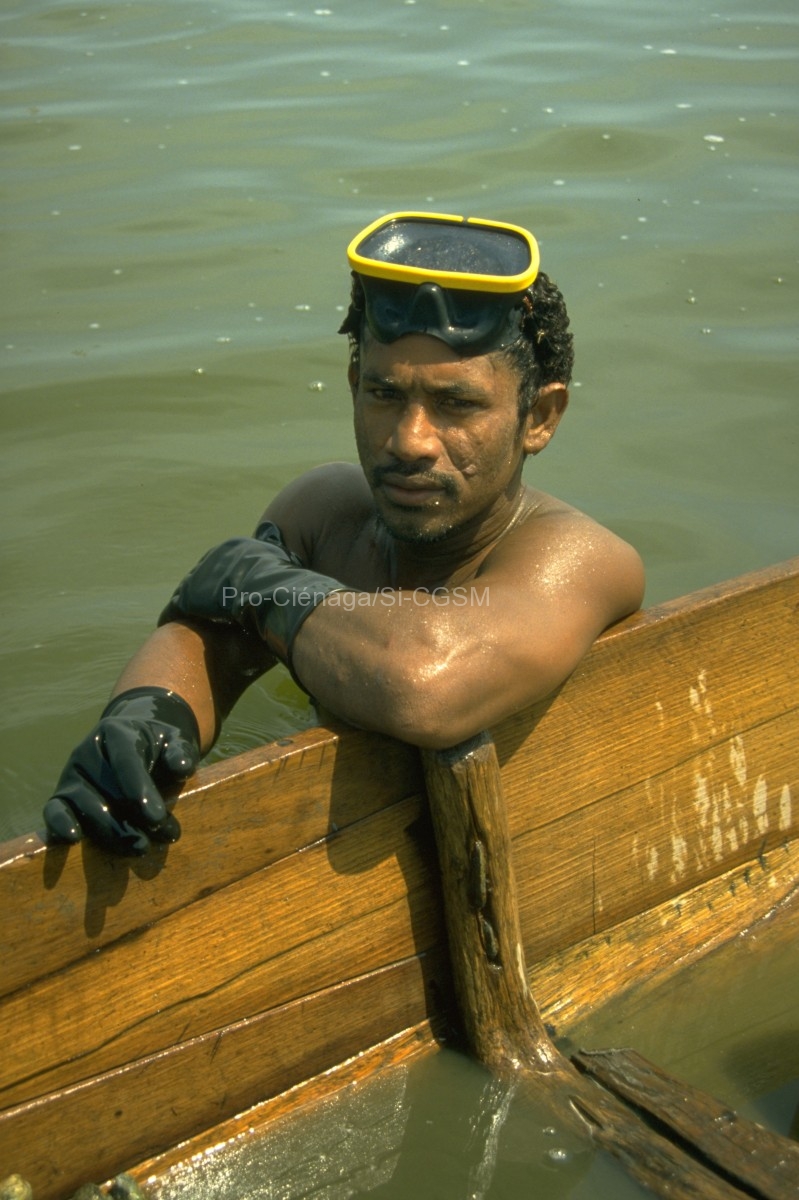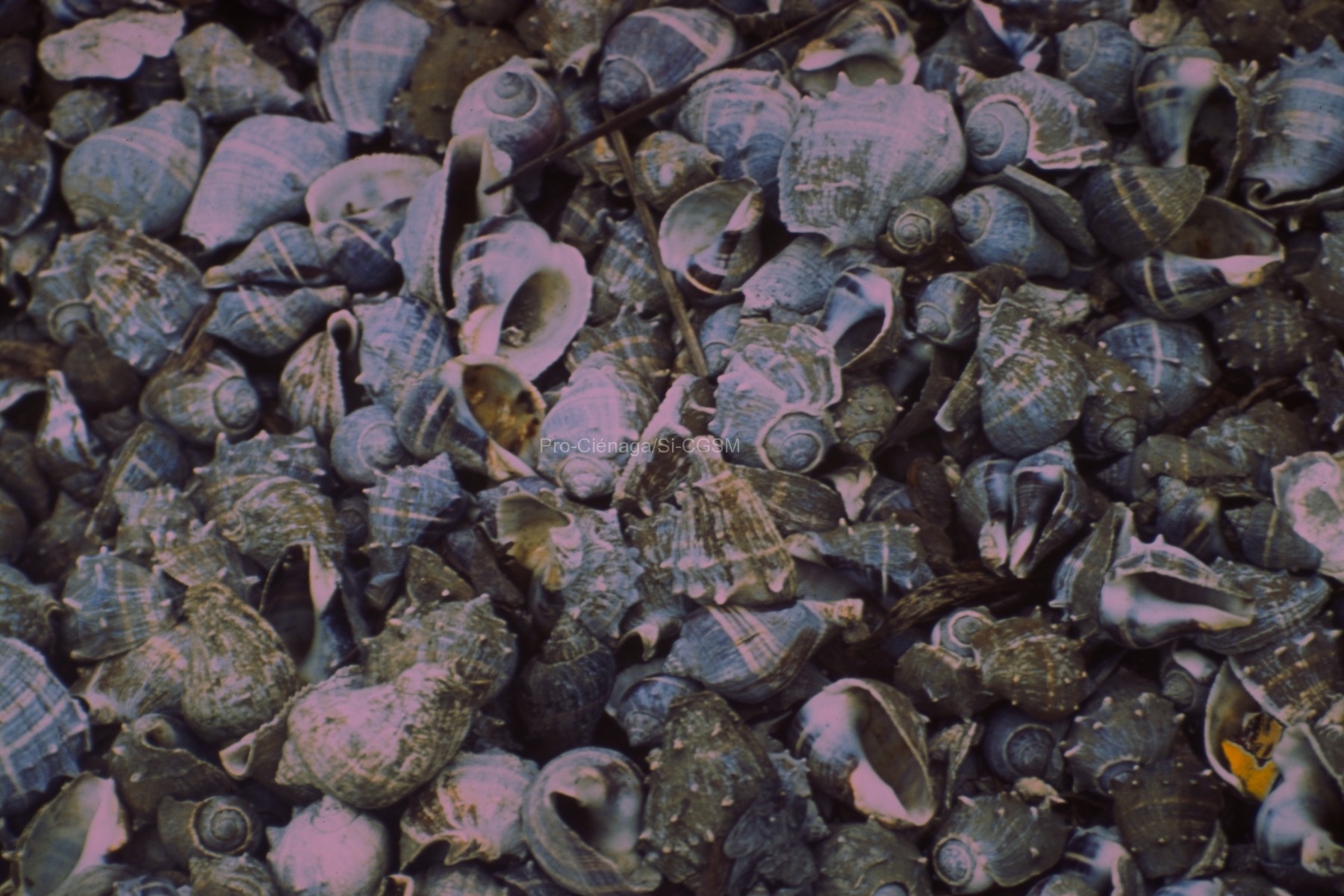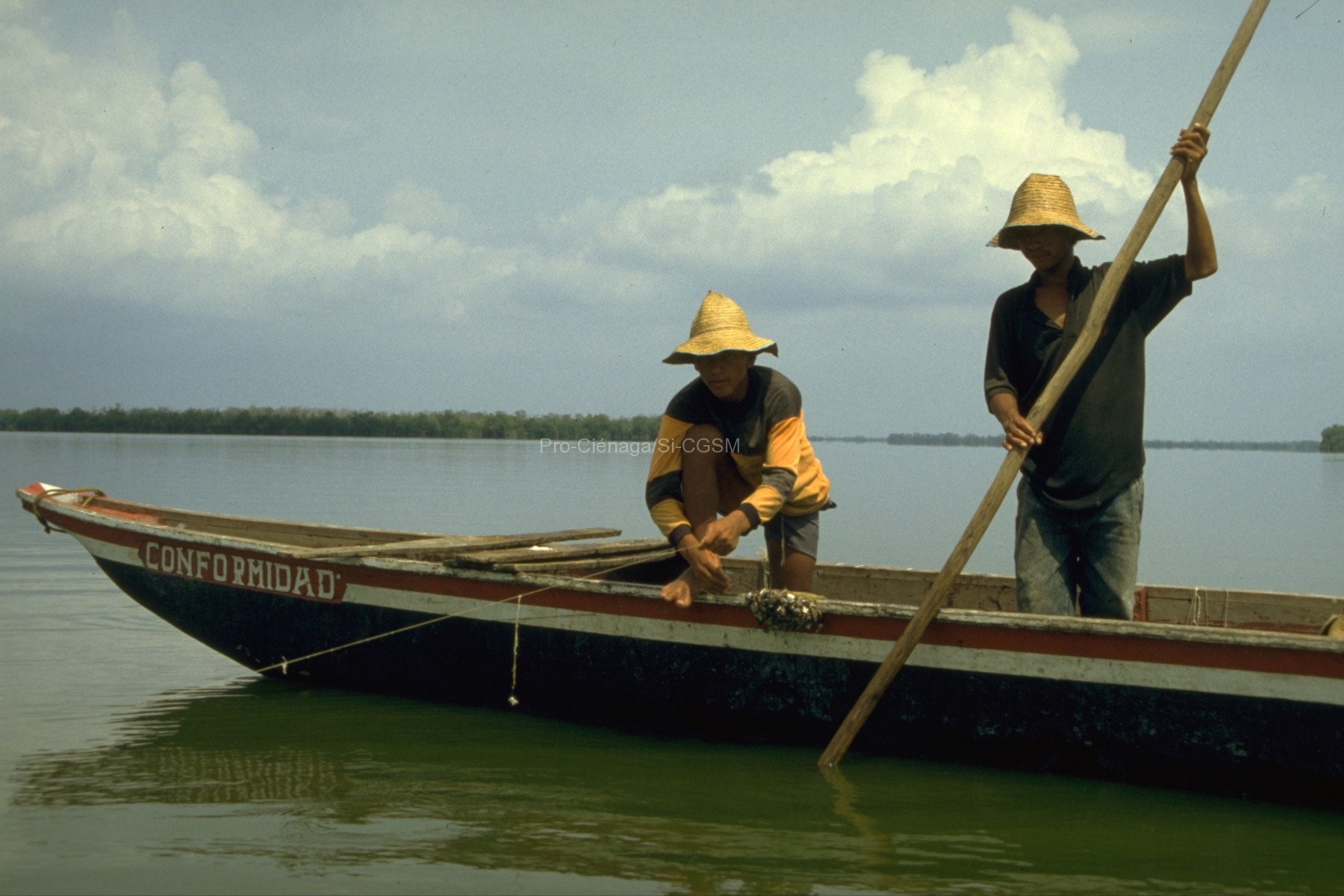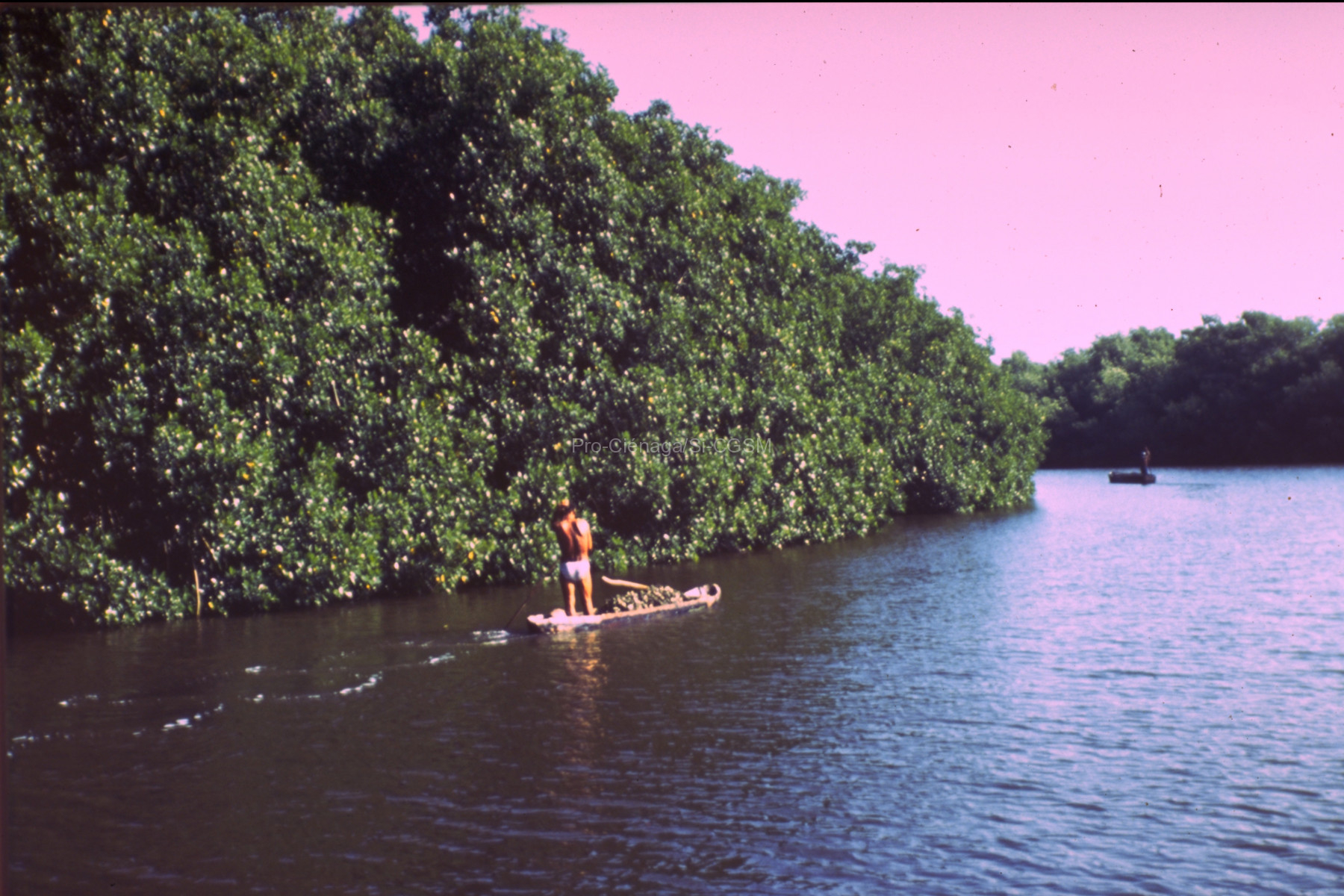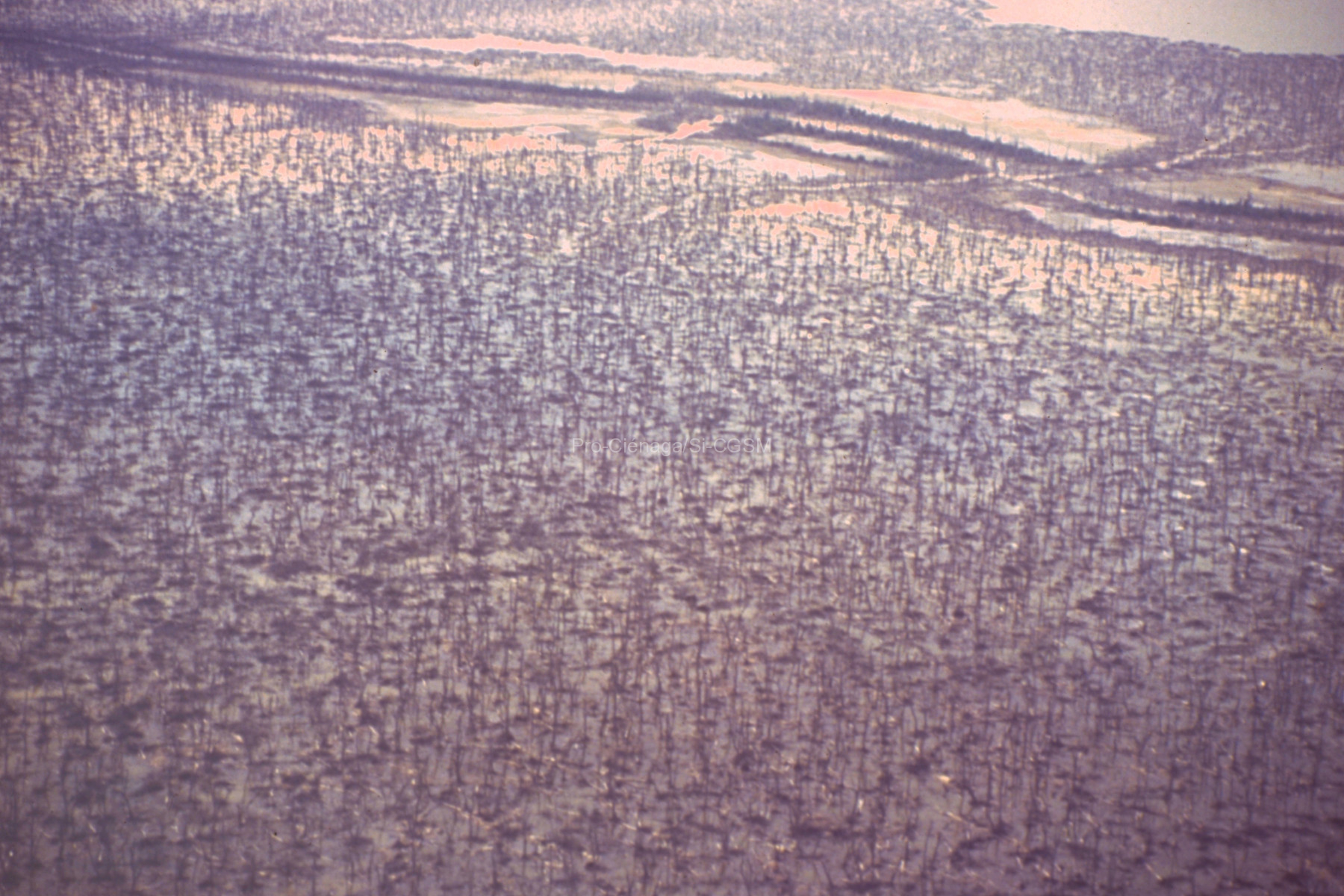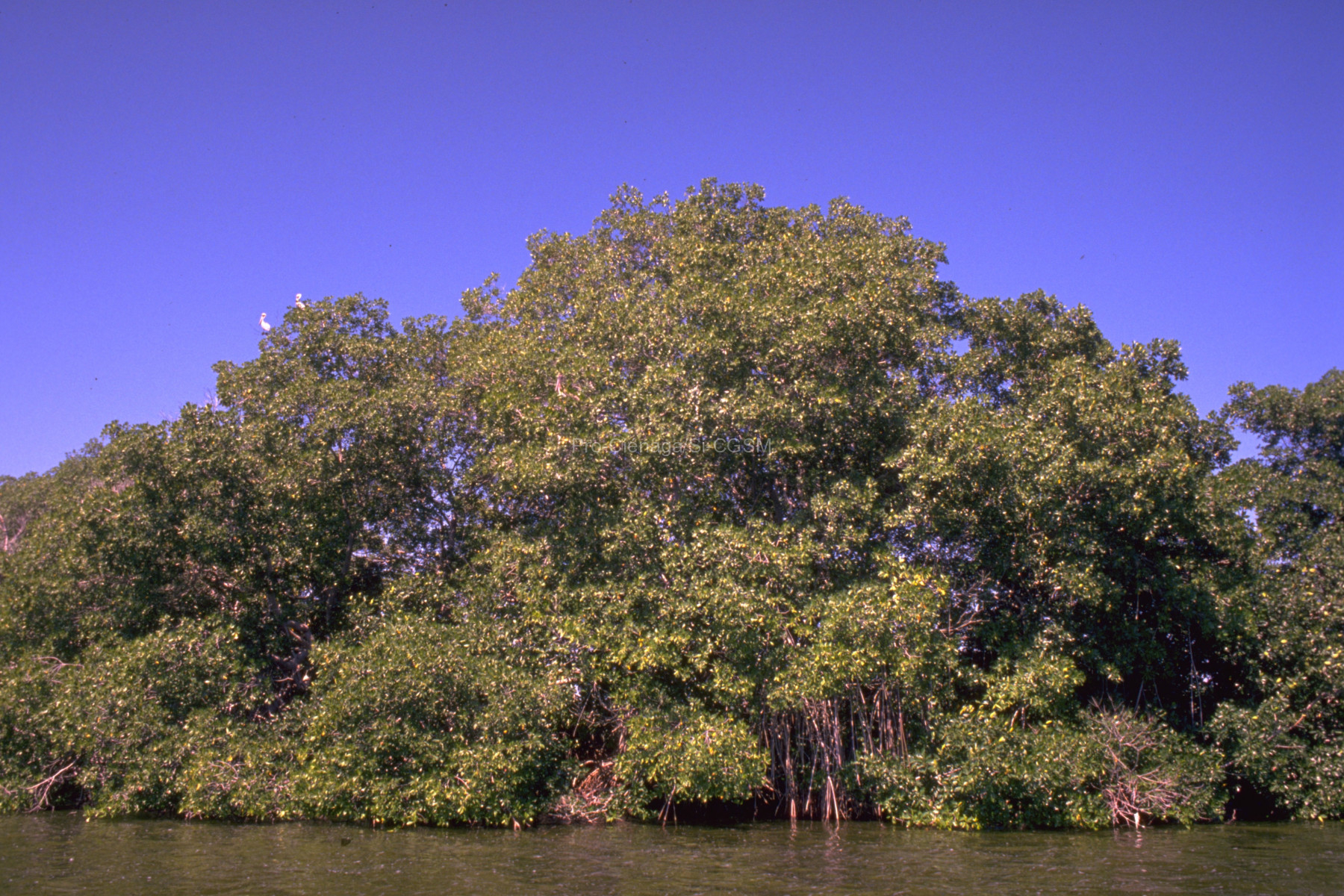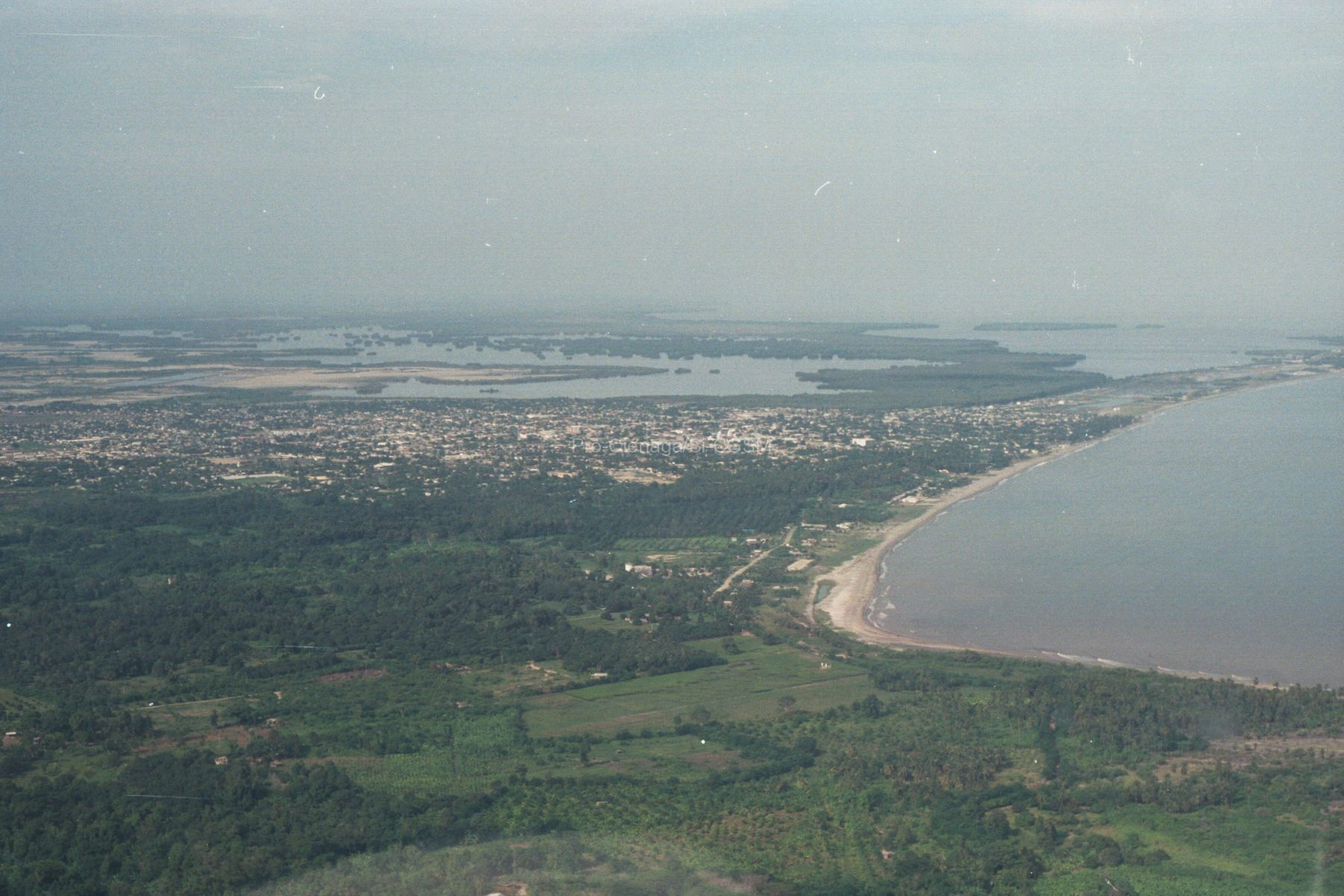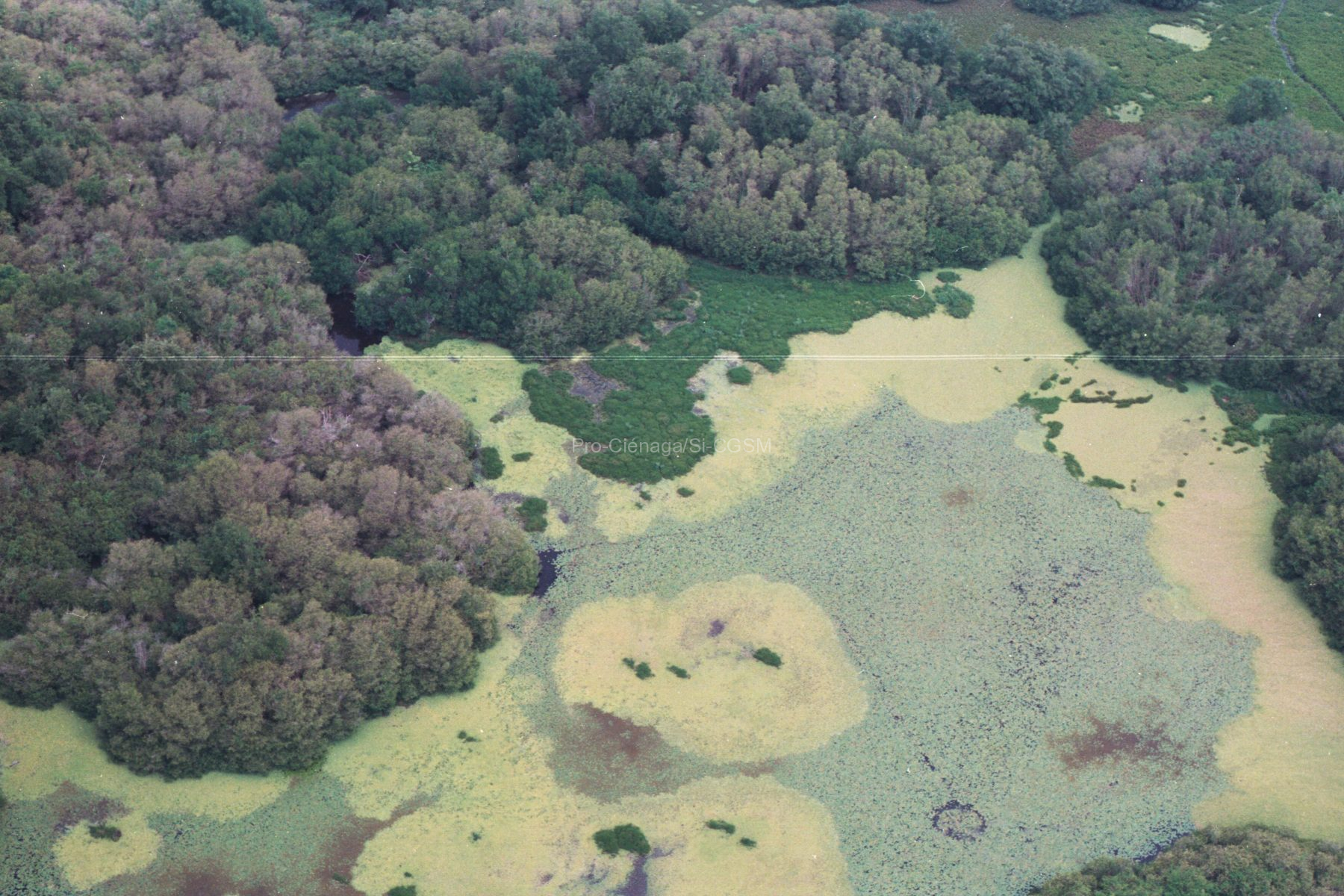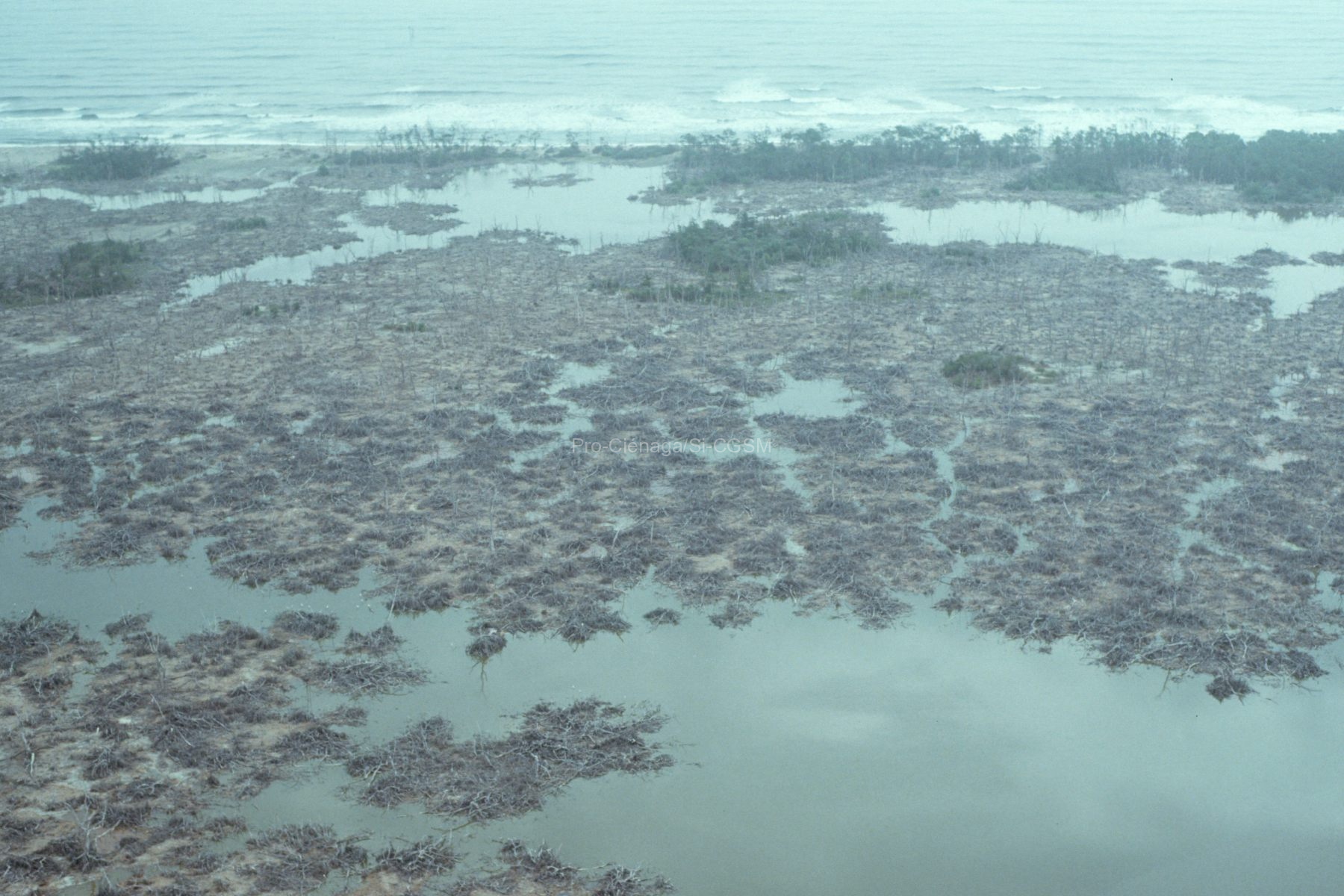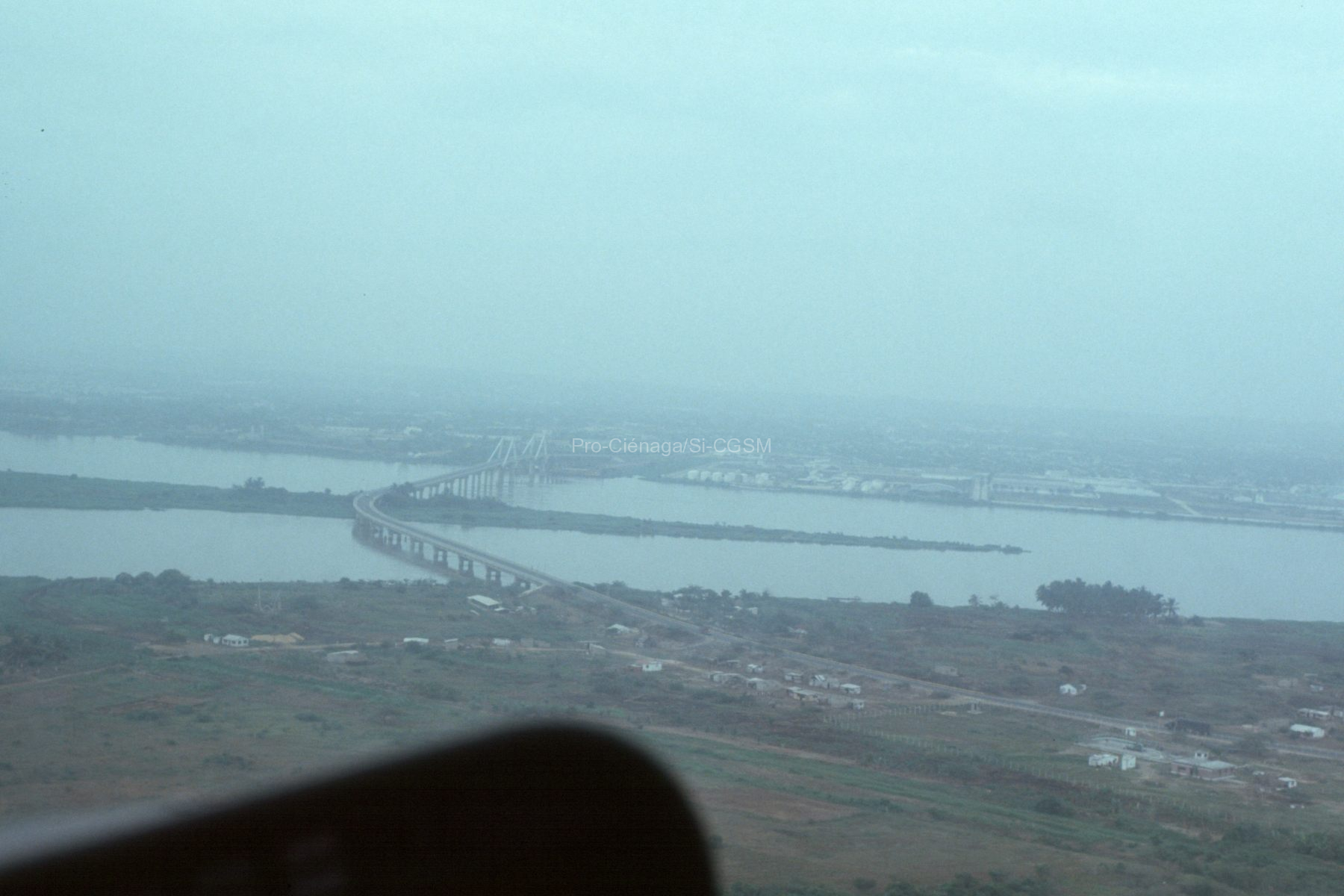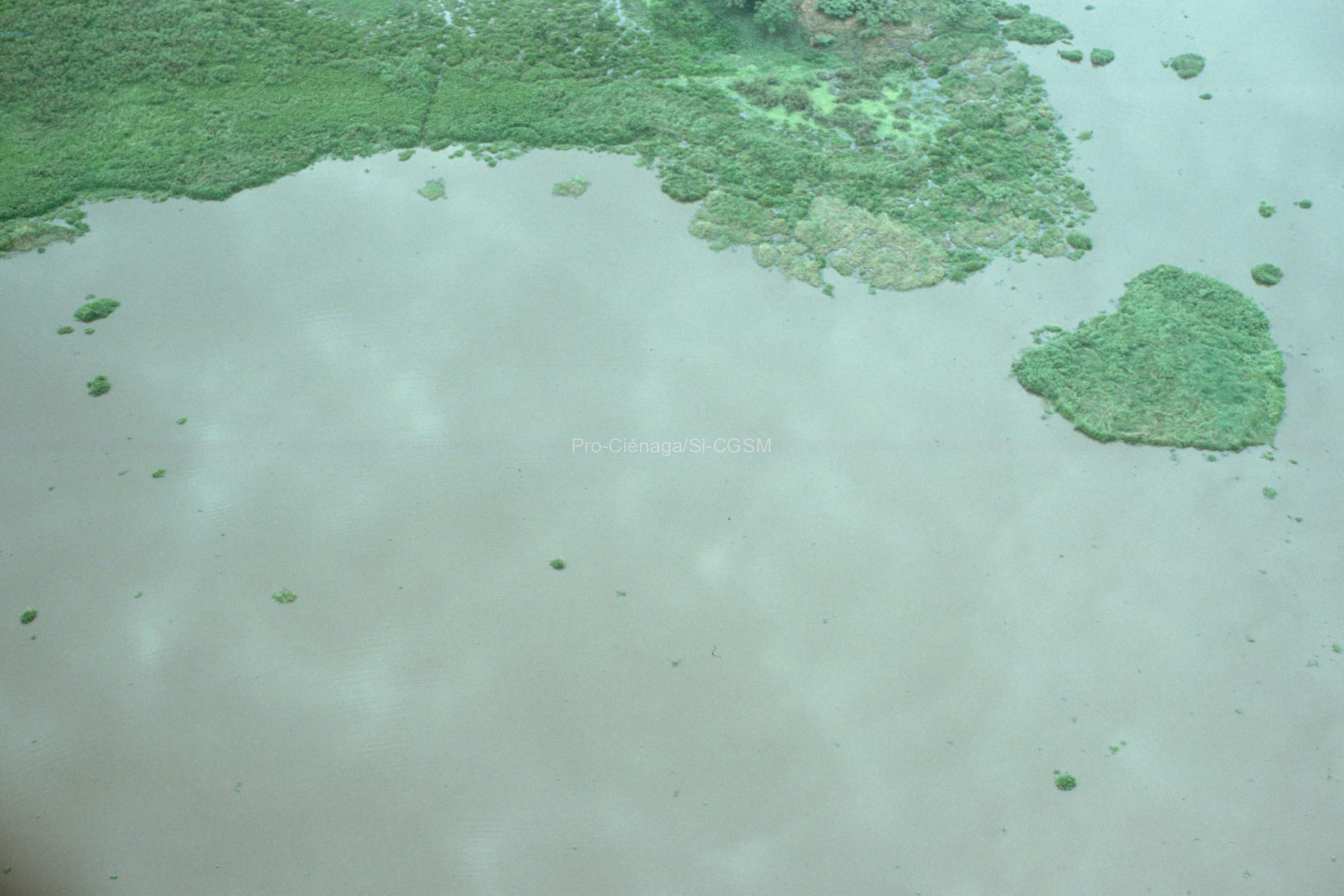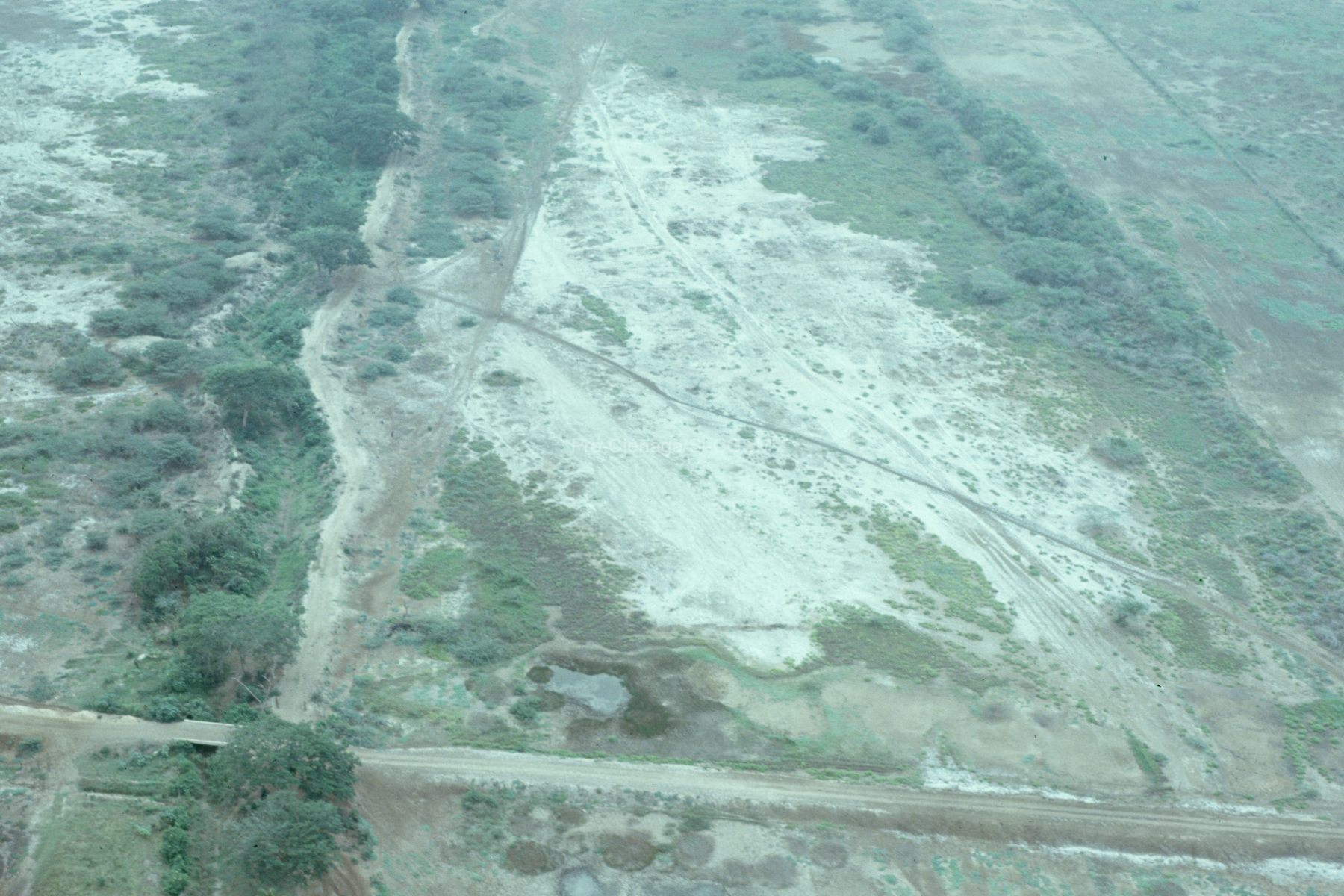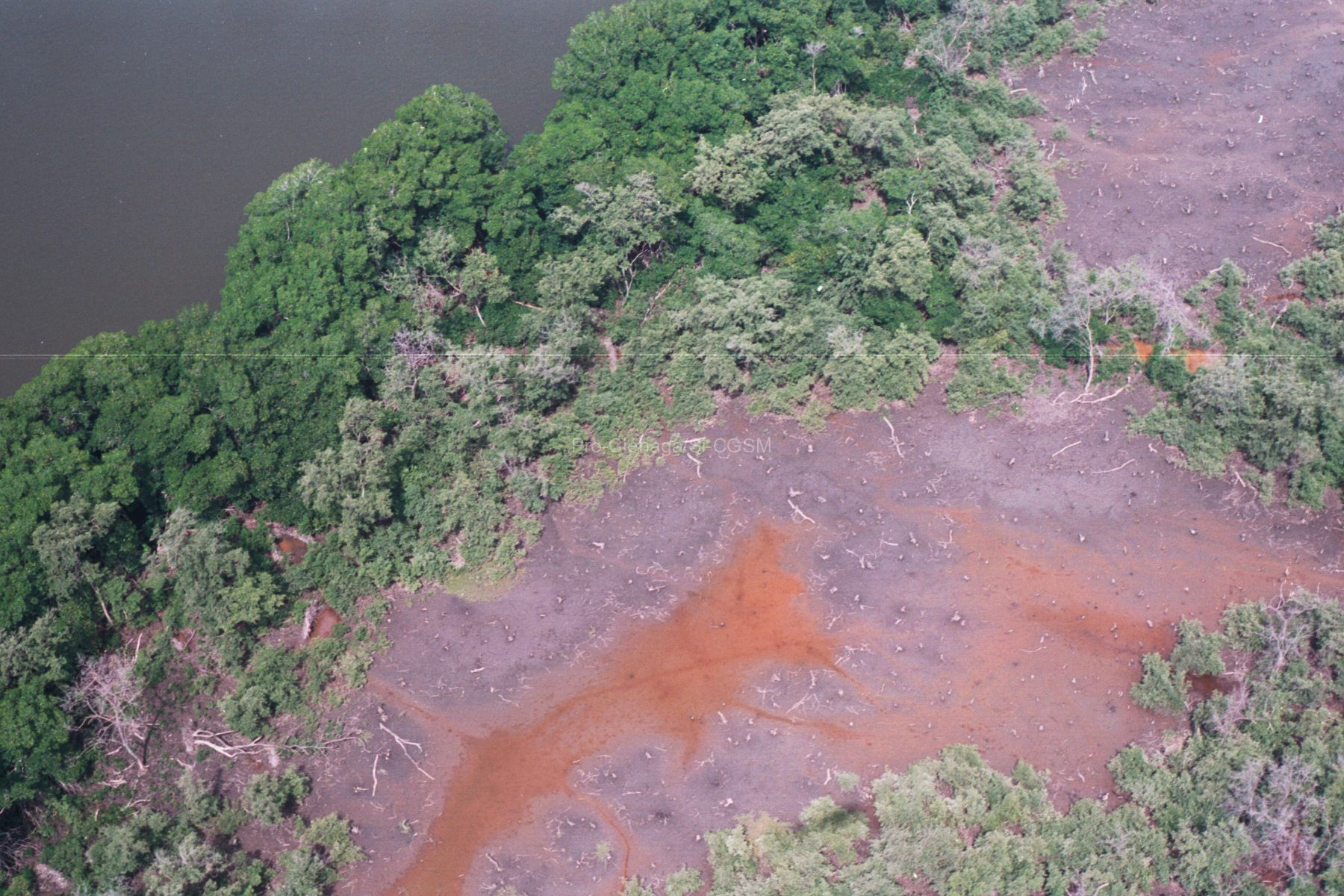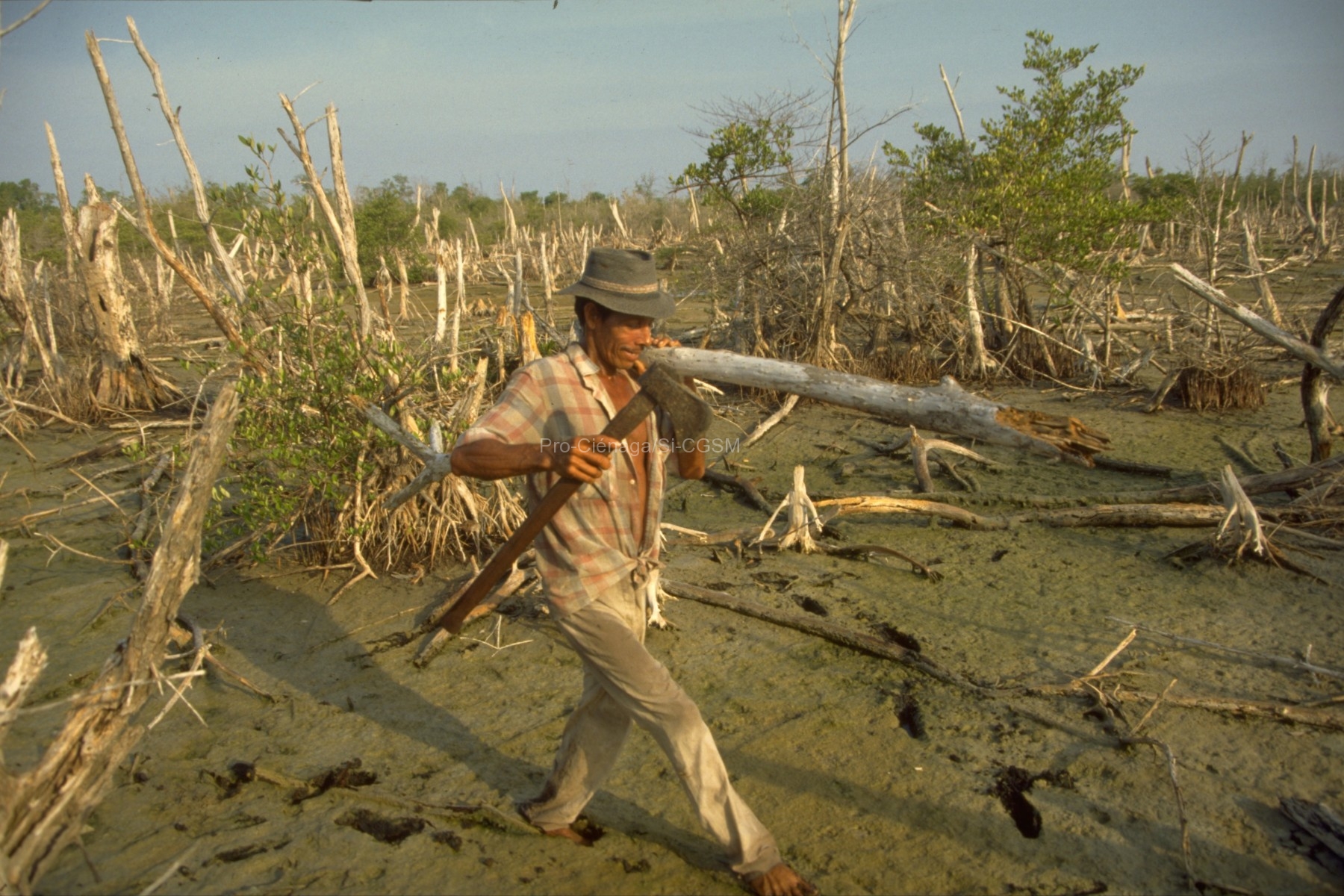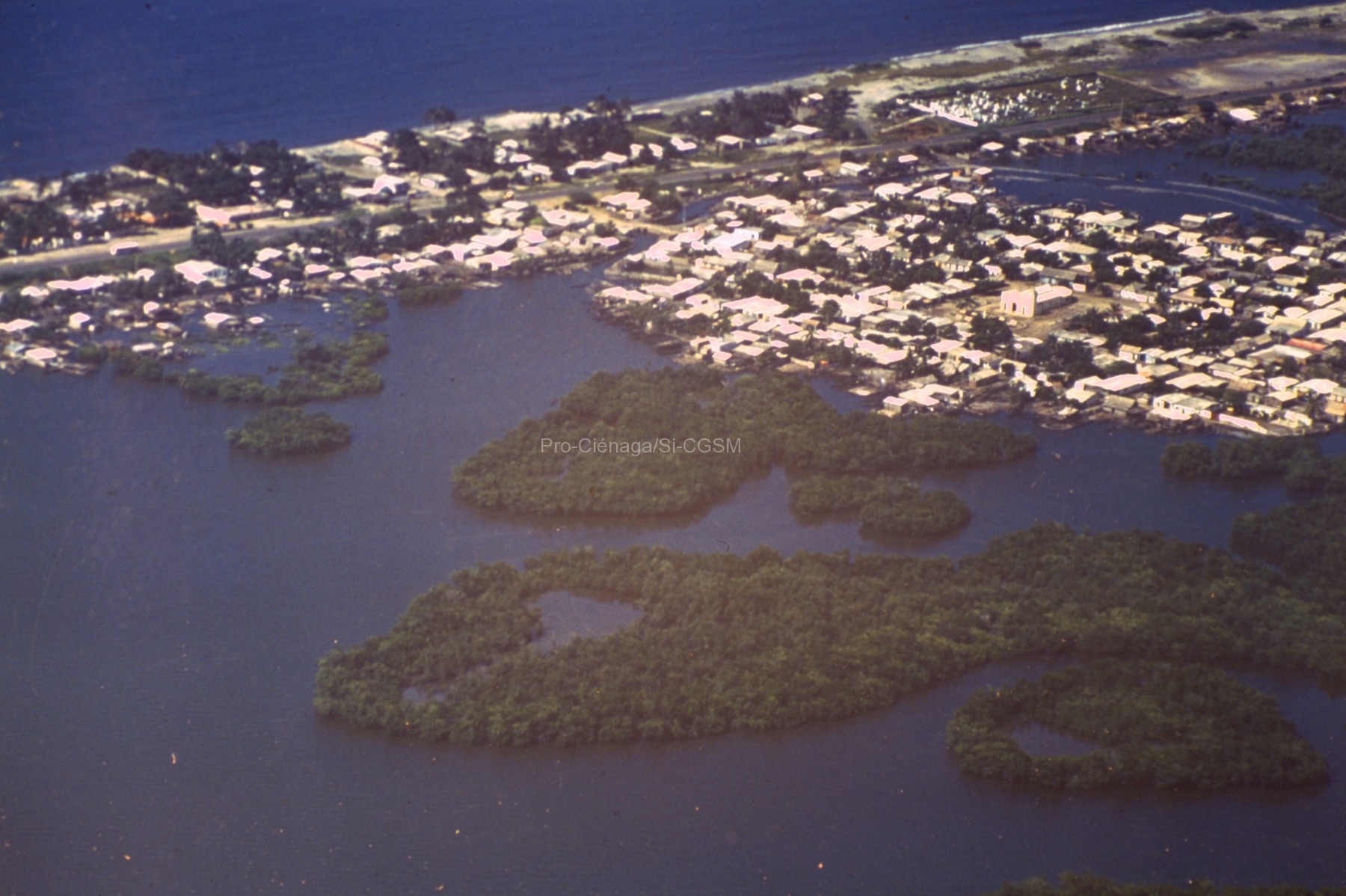https://doi.org/10.1016/S0025-326X(99)00075-2
Alteration of water flows and consequent hypersalinization caused the death of nearly 70% of mangroves at the Ciénaga Grande de Santa Marta, Colombia. Efforts to rehabilitate the ecosystem have been made through the construction of freshwater channels. Mangrove recovery was observed along a freshwater channel and at a small lagoon behind the beach ridge. Factors identified in this study influencing mangrove regeneration are: salinity of surface water, duration and height of flooding, leaching property of soils, dispersal of propagules and presence of fertile trees. Besides mangrove regeneration, a notable extension of freshwater plants was observed in the channel. Trace metal concentrations in sediments from the Magdalena River and its area of influence were investigated before the complete opening of the first channel. A relative comparison indicated that the highest concentrations of Cd, Cu, Ni and Zn were above international recommended limits. However, metal concentrations found in sediments at Cları́n Channel did not affect the mangrove recovery.

